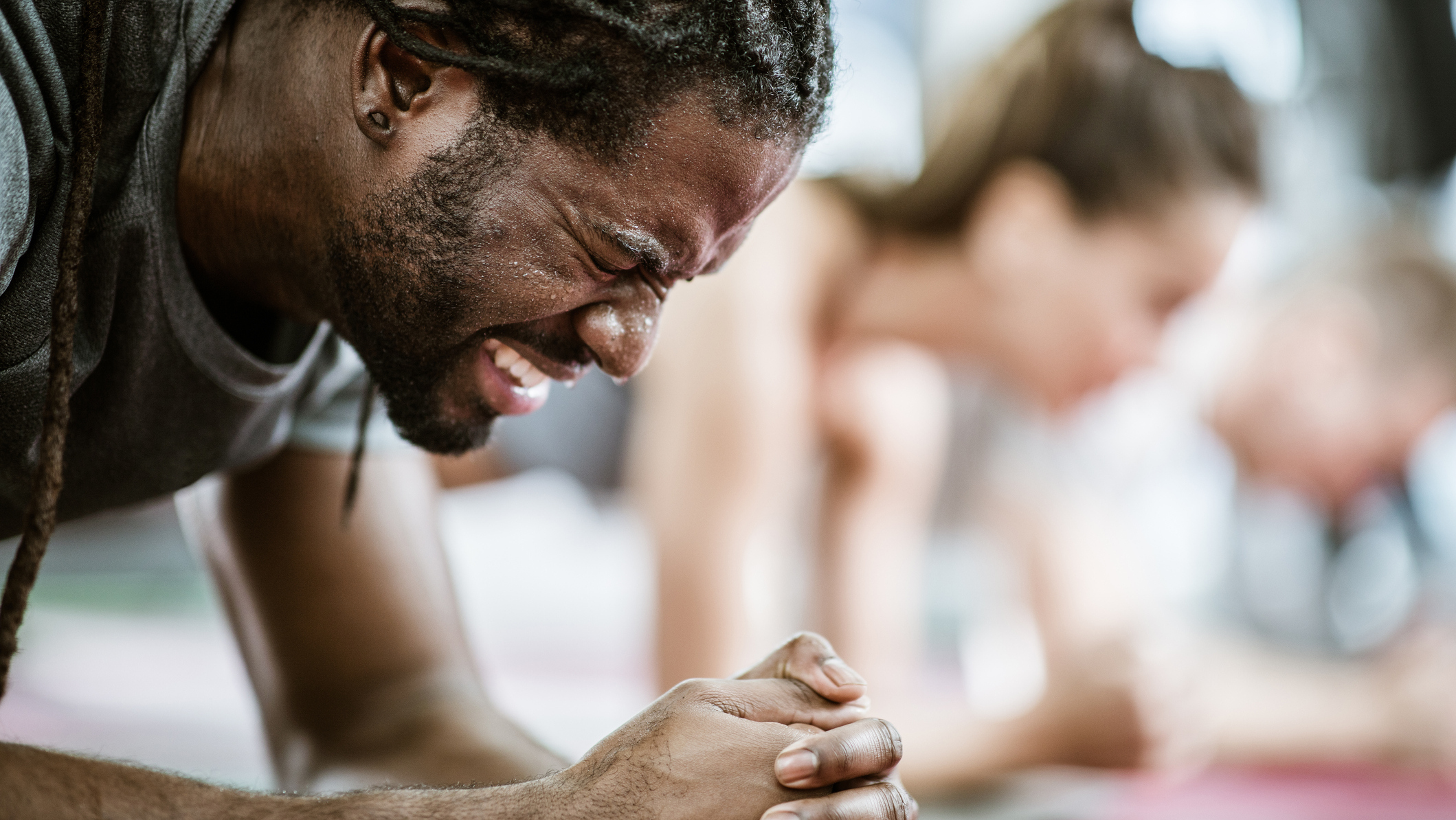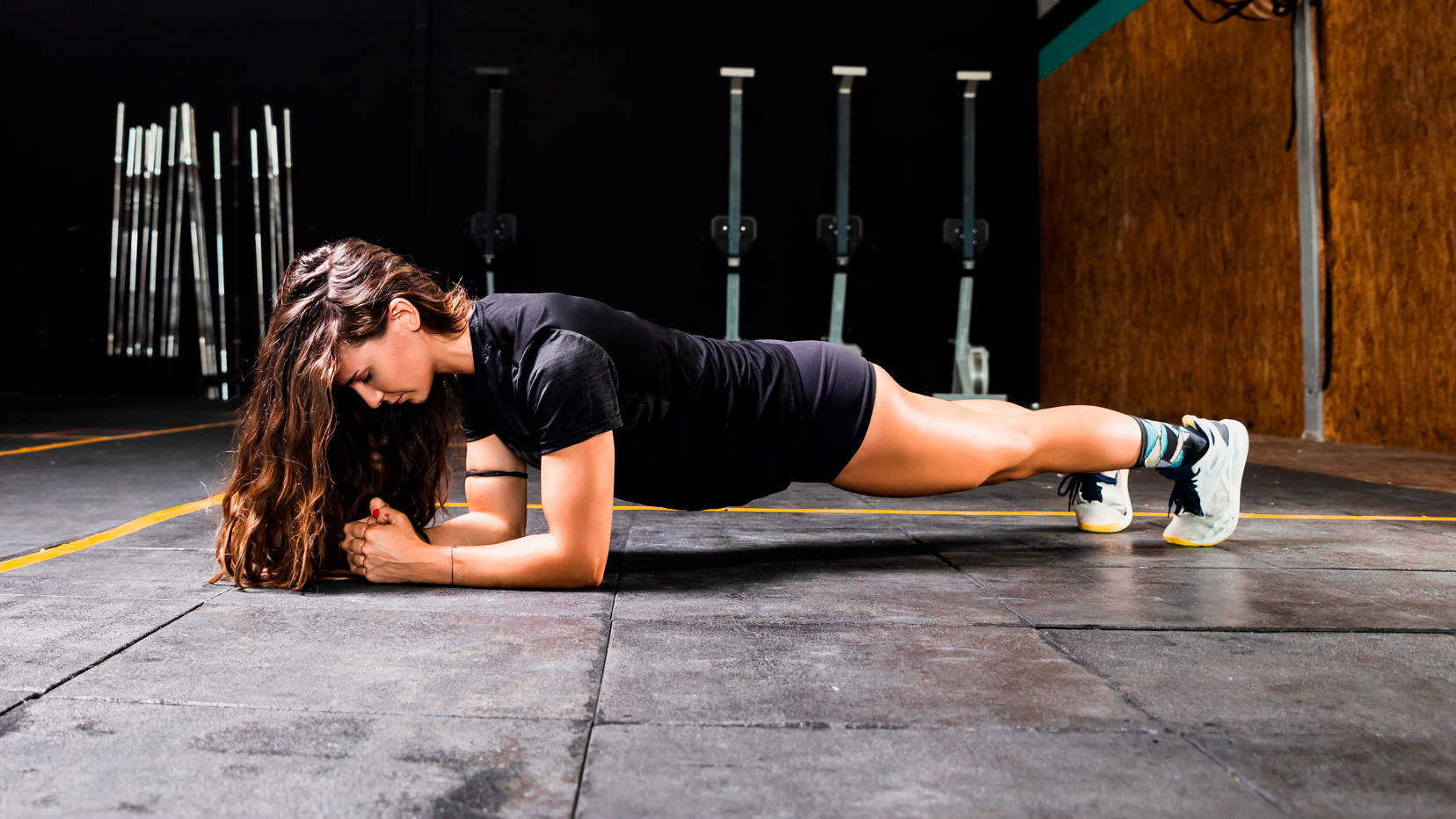How To Do The RKC Plank
Hit your abs and glutes hard with this brutal plank variation

Once the regular plank no longer thrills your core, and you start having to hold the position for five minutes to feel any semblance of a burn, it’s time to move on to pastures new. Pastures harder.
Some plank variations involve targeting slightly different parts of the core, like the side plank, or reverse plank, while some introduce movement to up the ante, like the walking plank. The RKC plank, or Russian Kettlebell Challenge plank, doesn’t do any of that. From afar, it looks just like a normal plank, but some small differences increase the difficulty considerably to make it one of the best core exercises you can do and a worthy progression from the classic plank.
The RKC plank was invented by former Soviet special forces trainer Pavel Tsatsouline as part of his fitness programme. It doesn’t involve kettlebells, but don’t think that will make it any easier.
How To Do The RKC Plank

At first glance, the RKC plank looks much like a normal plank, but the slight variations between the two exercises make it twice as hard. The focus is on whole-body tension—the kind of butt-clenching intensity you would feel while watching your favorite sports team lose an overtime thriller. But in plank form.
Starting from the standard plank position, clench your hands together in front of you and pull your shoulders in—a kind of reverse shrug. Then tense your quads to force your knees up and clench your glutes as hard as possible. To increase the tension further, squeeze your shoulders towards your toes and toes towards your head as if you’re trying to raise your midriff into the pike position. This increases the stabilizing force required from your glutes to maintain the plank position. Even if you’re an experienced planker, your muscles will start to shake pretty quickly.
How long should you do the RKC plank for?
Start with three to five planks of around 10 seconds. After a while, you can extend the duration to 30 seconds if you prefer, but keeping the tension high is more important than lasting longer.
Benefits Of The RKC Plank
The tension throughout your body sees different muscle groups work against one another to maintain the plank position. Your abs take far more of a pasting than in a regular plank, as do your glutes. In fact, just about every muscle that benefits from a normal plank gets a much tougher workout with the RKC plank. And in less time.
Get the Coach Newsletter
Sign up for workout ideas, training advice, reviews of the latest gear and more.

Nick Harris-Fry is a journalist who has been covering health and fitness since 2015. Nick is an avid runner, covering 70-110km a week, which gives him ample opportunity to test a wide range of running shoes and running gear. He is also the chief tester for fitness trackers and running watches, treadmills and exercise bikes, and workout headphones.









